The Rajya Sabha on December 11, 2019 passed the controversial Citizenship (Amendment) Act with as many as 125 MPs voting in favour of it and 99 against it. On December 9, 2019, the CAB Bill was tabled and passed in the Lok Sabha's Winter Session. President Ram Nath Kovind signed it on December 12.
What is Citizenship (Amendment) Bill, 2019
The Citizenship (Amendment) Bill, 2019 seeks to fast-track citizenship for persecuted minority groups in Pakistan, Bangladesh and Afghanistan. The six minority groups that have been specifically identified are Hindus, Jains, Sikhs, Buddhists, Christians and Parsis. The Bill aims to change the definition of illegal migrants. However, the Act doesn't have a provision for Muslim sects like Shias and Ahmedis who also face persecution in Pakistan.
The beneficiaries of Citizenship Amendment Bill can reside in any state of the country and the burden of those persecuted migrants will be shared by the whole country. Presently, the Constitution of India provides for citizenship by naturalization — for people who have lived in India for the past 12 months and for 11 of the past 14 years. It also provides for people whose parents or grandparents were born in India to become Indian citizens.
Who are illegal immigrants from India perspective?
As per the Citizenship Act, 1955, an illegal immigrant is one who enters India with fake or forged documents and/or does not have a valid passport. A person who stays beyond the visa permit is also referred to as an illegal immigrant.
When did the issue of Citizenship (Amendment) Bill come up?
Prior to the 2014 Lok Sabha elections, the Bharatiya Janata Party (BJP), which was seeking to topple the Congress-led UPA government, promised to grant citizenship to Hindus persecuted in the neighbouring countries. In the party's election manifesto, the BJP promised to give shelter to the Hindus and welcome the refugees.
Which parties are against the Citizenship (Amendment) Bill and why?
BJP's coalition partner Assam Gana Parishad has threatened to cut ties with the party if the Bill is passed. NGOs like Krishak Mukti Sangram Samiti and students' organisation All Assam Stu-dents' Union also have come forward in opposing the Bill. All Opposition parties, including the Congress and All India United Democratic Front, have opposed the idea of granting citizenship to an individual on the basis of religion. It is also argued that the Bill if made into an Act, will nullify the updated National Registration of Citizenship (NRC).
Parties and activists opposing the Citizenship (Amendment) Bill, 2019 are of the view that it works against the cultural and linguistic identity of the indigenous people. Mizoram and other northeastern states, which have a diverse indigenous community, have urged the government not to table the new citizenship bill, saying it will open a "floodgate" of illegal immigrants in the state.
In January 2019, days after Union home minister Amit Shah announced that the Citizenship (Amendment) Bill would be brought in parliament again, protests were held in Manipur, Nagaland and Meghalaya. The Nagaland and North East Forum of Indigenous People (NEFIP) claimed that it would seek the United Nations' intervention if the Centre implements the Bill.
Northeast protest against Citizenship (Amendment) Bill, 2019
The Bill has divided India into protests and jubilations. While Hindu refugee communities across India are celebrating the government's move, a majority of North-east remains on edge. Guwahati was the epicentre of anti-CAB protests. People in the north-eastern states fear that the Bill would change the demography of the states if it is passed as people of different cultures and languages will get citizenship of the country. Currently, the northeast is witnessing protests against Bangladeshi immigrants.
Exemptions under Citizenship Bill 2019
The Citizenship (Amendment) Bill exempts certain areas in the North-East from this provision. It would not apply to tribal areas of Assam, Meghalaya, Mizoram and Tripura. This effectively means that Arunachal Pradesh, Nagaland and Mizoram along with almost whole of Meghalaya and parts of Assam and Tripura would stay out of the purview of the Citizenship (Amendment) Bill.
Amendments for OCI cardholders
According to the Citizenship Bill, a foreigner may register as an Overseas Citizens of India (OCI) if they are of Indian origin or their spouse is of Indian origin. The Citizenship (Amendment) Bill entitles the OCI cardholders to benefits such as the right to travel to India, and to work and study in the country.
What is the current status of the Citizenship (Amendment) Bill, 2019?
The Citizenship (Amendment) Bill was referred to a joint select committee in 2016, after being discussed extensively in the Lok Sabha. Members of the parliamentary committee visited several parts of the north-eastern states and discussed the Bill with various organisation. On January 8, 2019 the Bill was passed in the Lok Sabha. However, before it could be tabled in the Rajya Sabha, the Bill lapsed on June 3, 2019, as the tenure of the Lok Sabha ended.
The Rajya Sabha on December 11, 2019, passed the Bill. However, the Op-position, which terms it 'unconstitutional', is likely to knock the Supreme Court of India's door to protest against the Bill. Meanwhile, protests in the northeast, particularly in Assam continue.
The Indian idea of citizenship — as embodied in the Constitution and the law — is in the throes of a profound and radical metamorphosis. The twin instruments of this transformation are the National Register of Citizens and the Citizenship Amendment Act. If the former is carving out paths to stateless-ness for disfavored groups, the latter is creating paths to citizenship for preferred groups. While the first is, despite the looming threat of its extension across India, presently limited to the state of Assam, the second is designed to be pan-Indian in its application.
On the watch of the Supreme Court and under its unrelenting pressure for the completion of the NRC within a certain time-frame, Assam has served as a laboratory for a potentially dangerous experiment. Even though the results belied the expectations, the talk of sending those excluded from the Register to detention centres has given credence to the fear that thousands of people are vulnerable to being rendered stateless and rightless. Existing detention centres in Assam are already populated, and new ones are being erected on an unprecedented scale.
Implications of CAA
The implications of these developments can be interpreted in multiple ways. From a legal perspective, they imply a foundational shift in the conception of the Indian citizen embodied in the Constitution of India, followed by the Citizenship Act, 1955. This is, first, a move from soil to blood as the basis of citizenship, from a jus soli or birth-based principle of citizenship in the direction of a jus sanguinis or descent-based principle, and second, a shift from a religion-neutral law to a law that differentiates based on religious identity. From the perspective of India's social fabric, they signal an ominous fraying and unravelling of what was a daring and moderately successful experiment in pluralism and diversity.
From a political perspective, they point to a possibly tectonic shift from a civic-national to an ethnic-national conception of the political community and its terms of membership. From a moral perspective, they prompt us to confront the weakness of our commitment to human rights and to the moral and legal personhood of all human beings. From an international perspective, they remind us of, on the one hand, our longstanding aversion to signing inter-national treaties on refugees and the reduction of statelessness and, on the other, our easy engagement in double-speak with a valued neighbour. I will elaborate on some of these aspects to show how they are collectively refashioning the fundamentals of our collective life.
In a sense, we are once again rehearsing the debates on citizenship in the Constituent Assembly. The chapter on citizenship in the Constitution was necessitated by Partition and is limited to the determination of citizenship for those extraordinary times. The debate on what became Article 7 — relating to citizenship for the large numbers of Muslims who had fled India in the midst of the Partition violence but later returned — was fraught, the contention reflecting the communally charged atmosphere of Partition. Several members of the Assembly, who cast aspersions on the loyalty and intentionality of these returning migrants, called it the "obnoxious clause".
Though the markers of religious difference were not openly displayed, they are easily spotted in the consistent use, in the Assembly, of the words refugee and migrant for distinct categories of people — Hindus fleeing Pakistan de-scribed as refugees, the returning Muslims described as migrants — subtly encoding religious identity in a shared universe of meaning. The Assembly eventually adopted what it called the more "enlightened modern civilised" and democratic conception of citizen-ship, as opposed to "an idea of racial citizenship" and the Citizenship Act 1955 gave a statutory basis to the idea of jus soli or citizenship by birth.
Over time, chiefly triggered by the political unrest in Assam, this conception has been moving slowly but surely in the direction of a jus sanguinis or de-scent-based conception of citizenship. Assam has a long and complex history of in-migration, mostly from Bengal, from the 19th century onwards. It witnessed substantial in-migration from 1947 on-wards, peaking in 1971, and continuing steadily thereafter. It was no secret that many of the immigrants in recent decades had acquired forms of what Kamal Sadiq has called "documentary citizenship" through "networks of complicity" and "networks of profit".
In 1985, in the wake of the gruesome Nellie massacre of 1983, the Assamese students' organisations that had led the agitation against the enfranchisement of migrants from Bangladesh entered into the Assam Accord with the Rajiv Gandhi
government, leading to an amendment in the provisions relating to naturalisation in the Citizenship Act. This amendment created categories of eligibility for citizenship based on the year in which a person had migrated to India. All those who came before 1966 were declared citizens, those who came between 1966-1971 were struck off the electoral rolls and asked to wait 10 years before applying for citizenship, and those who came after 1971 were simply deemed to be illegal immigrants. Though these provisions were a response to the genuine grievances of the Assamese, they already contained the seeds of the politicisation and incipient communalisation of the issue of migrants.
"From a political perspective, they point to a possibly tectonic shift from a civic-national to an ethnic-national conception of the political community and its terms of membership. From a moral perspective, they prompt us to confront the weakness of our commitment to human rights and to the moral and legal personhood of all human beings."
Religion as identifier
Meanwhile, the gradual dilution of the principle of jus soli and the increasing recognition of elements of jus sanguinis — dependent on religious identity — was proceeding apace. Two amendments of 2004 — one to the Citizenship Act and the other to the Rules under the Act — show how religious identity was gaining ground as the basis of legal citizenship. Both introduced religion into the language of the law, the first implicitly and the second explicitly. The amendment to the Citizenship Act covertly introduced a religion-based exception to the principle of citizenship by birth. The amendment undercut the jus soli basis of citizenship, by stating that even if born on Indian soil, a person who had one parent who was an illegal migrant at the time of her or his birth, would not be eligible for citizenship by birth. Since most of the migrants from Bangladesh, against whose arrival there was so much political ferment in Assam, were Muslims, the term "illegal migrant" signalled this religious identity.
The Citizenship Rules were simultaneously amended to exclude "minority Hindus with Pakistani citizenship" from the definition of illegal immigrants. This amendment, firstly, destigmatised Hindu migrants, most of whom had come into the border states of western India from Pakistan, by dropping the label of "illegal migrants" for them, and officially describing them henceforth as "minority Hindus with Pakistan citizen-ship." Secondly, it openly introduced a religious category into what was until then a religion-neutral law.
In the run-up to the Assembly elections in Assam in early 2016, the Bharatiya Janata Party had made an electoral promise to "free" the state from illegal Bangladeshi migrants by evicting and deporting them. This was a dog-whistle reference to a specific religion, as it simultaneously promised to give Indian citizenship to all Bangladeshi Hindu immigrants if it won the election. This promise will be fulfilled by the passage of the Citizenship Amendment Act, 2019, which not only makes explicit but also legitimises the inflection of the law on citizenship with religious difference.
The Act essentially provides for fast-track citizenship by naturalisation for migrants from the neighbouring countries of Pakistan, Afghanistan and Bangladesh who are religious minorities in those countries. It makes it possible for the preferred categories of Hindus, Buddhists, Sikhs, Parsis and Christians to obtain Indian citizenship in six years instead of the 11 it usually takes. Muslims are conspicuous by their absence in this listing, ostensibly on the grounds that they are not minorities in these three countries and cannot, therefore, be seen as persecuted.
The fact that Muslim sects like the Ahmadiyyas and Rohingyas are also persecuted in these countries does not make them eligible for similar benefits. By introducing a religion-based difference in the presently religion-neutral law on citizenship by naturalisation, this amendment would in effect create two categories of potential citizens: those professing the Hindu and other "acceptable" faiths; and those professing Islam.
The legal battle
A legal challenge to the Citizenship Amendment Act could plausibly bring into question its constitutionality, specifically its contravention of Articles 14 and 15 of the chapter on Fundamental Rights. Article 14 guarantees that `The State shall not deny to any person equality before the law or the equal protection of the laws within the territory of India." This is not a right that is dependent upon such a person being an Indian citizen, it is available even to foreigners who happen to be within the territory of India.
As such, differential treatment to individuals on the basis of their religious faith would appear to be in contravention of the right to equality. Article 15 prohibits the state from discriminating "against any citizen on ground only of religion, race, caste..." and the introduction of religious identity as a criterion into a matter as fundamental as citizenship is certainly questionable. Placing people in detention centres is arguably also violative of Article 21 of the Constitution which guarantees the right to life and liberty.
Experts have moreover questioned the legality of the NRC on the grounds that a provision under the Rules cannot contravene the provisions of the parent Act. Authorised by the Registration of Citizens and Issue of National Identity Card Rules, 2003, the NRC uses the cut-off date of 1971 — based on the Assam Accord — rather than the date of 1987 which is the defining criterion of citizenship by birth according to the Citizenship Act.
The NRC and the CAA are manifestly conjoined in their objectives. The first paves the way to statelessness and detention centres for many poor and vulnerable people, and most unjustly for those whose genuine nationality is repudiated only on the basis of their faith. The second offers a smooth path to citizenship for groups of migrants who are deemed acceptable only on grounds of their faith. In other words, faith is set to become the exclusive criterion for determining who is an Indian citizen and who is not, for inclusion as well as for exclusion. Together, the NRC and the CAA have the potential of transforming India into a majoritarian polity with gradations of citizenship rights that undermine the constitutional principle of universal equal citizenship, with privileges of inclusion being attached to some categories of citizens while others suffer the disabilities of exclusion.
Shades of nationalism
The politicisation of religious identity, finding articulation in and through the law, is a worrying portent for the founding vision of Indian nationalism which was emphatically civic-national in form. The march from a jus soli to a jus sanguinis conception of citizenship is also simultaneously a march from civic-nationalism to ethnoreligious nationalism, from a universalist and inclusive form of nationalism to an exclusionary form that renders difference as graded hierarchy. This is nothing less than a radical re-invention of the imagination of India that informed and inspired the freedom struggle and found embodiment in the Constitution.
The context of the anti-immigrant discourse that underlies the NRC, and the selective acceptance of persons "treated as illegal migrants" that underpins the CAA is important. It entails a substantive disenfranchisement of the Muslim minority, a normalisation and justification of violence — both discursive and physical — against it, and a re-construction of the Indian nation in the form of a Hindu Rashtra in which this minority lives on sufferance and must be prepared for everyday discrimination, legal and social.
In comparisons between the anti-immigrant and Islamophobic rhetoric of populist politicians across the world, it is rarely acknowledged that the "other" in India is wholly, historically and organically Indian, and not a recent entrant or stranger as in Europe or the United States. It is the Sri Lank-an Tamils, the Afghans and the Tibetan Buddhists who are relatively recent immigrants to India, but even before the CAA, India had no difficulty in assimilating them. In a society as plural and diverse as that encompassed by the territorial boundaries of the Indian nation, the quest to make the borders of religion and nation coincide is tantamount to opening up the scars of the Partition of 1947. This cannot be achieved without damaging the delicate balance in a society characterised by multiple heterogeneities of language, region, caste and even of religious sects.
"This amendment, firstly, destigmatised Hindu migrants, most of whom had come into the border states of western India from Pakistan, by dropping the label of "illegal migrants" for them, and officially describing them henceforth as "minority Hindus with Pakistan citizenship."
At the same time, it cannot be denied that India has never had a spectacular record of commitment to human rights, or even to the idea that all human beings are entitled to moral and legal personhood. The conundrum before us recalls a contention, most starkly identified by Hannah Arendt in her book The Origins of Totalitarianism. The supposedly universal and inalienable rights of man, Arendt argued, could not be invoked or claimed in contexts of statelessness. In the inter-war years, there was no international body to which lo million de facto stateless people could appeal for their human rights because a human being who is not a member of some political community is without recourse to such rights.
The loss of a polity is the loss of humanity, for only membership in a political community, i.e. citizenship can give people what Arendt famously called the "right to have rights". The deprivation of legality, of a juridical existence, is tantamount to the loss of moral personhood. Rights are meant to be enjoyed within a community, and the calamity of the
rightless, said Arendt, is that since they do not belong to any community, no law exists for them, and nobody even wants to oppress them. This was why the Nazis first deprived Jews of their legal status of citizenship before conveying them to concentration camps.
Although the Supreme Court has passed orders for the improvement of the conditions in these centres, there is a genuine moral concern about the very idea of such detention centres, which is at odds with India's constitutional values, and more generally with the idea of human rights. Stripping people of citizenship, even of the merely documentary kind, and rendering them stateless is a clear violation of the duty, placed on states by the Universal Declaration of Human Rights, to avoid taking actions that result in statelessness and the deprivation of citizenship.
Bangladesh, meanwhile, has been persuaded at the highest inter-governmental level, that the political rhetoric of sending the "termites" and "infiltrators" back to Bangladesh is an internal matter, and that there will be no deportation. In fact, the impressive economic indicators of Bangladesh today give rise to the speculation that we could now be looking at less migration from Bangladesh to India than in the reverse direction. Already, with 1.1 million illegal Indian immigrants, Bangladesh is the fifth largest sender of remittances to India. Given the cross-border movement of people in both directions, the two countries could even consider devising a mutually acceptable arrangement based on guest-worker visas.
In the meantime, as the NRC con-verts legitimate citizens into illegal im-migrants and illegal immigrants into stateless people, both destined for the camp; as the CAA selectively legalises illegal migrants; and as minorities are rendered second-class citizens by the insidious use of the law, India stands on the edge of a dangerous precipice where not only its constitutional values but also its moral compass are at grave risk.







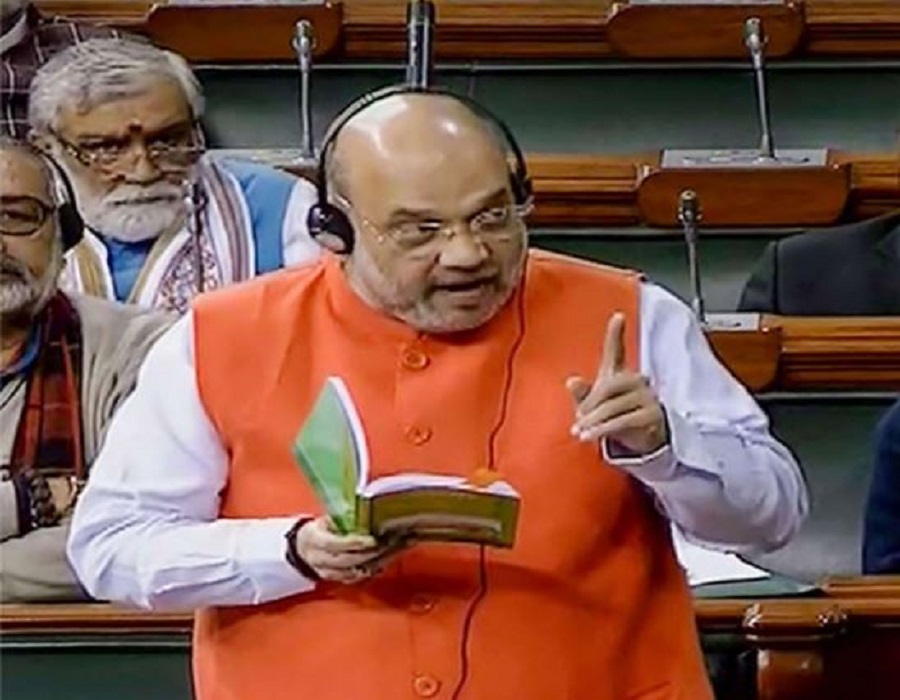
 OpinionExpress.In
OpinionExpress.In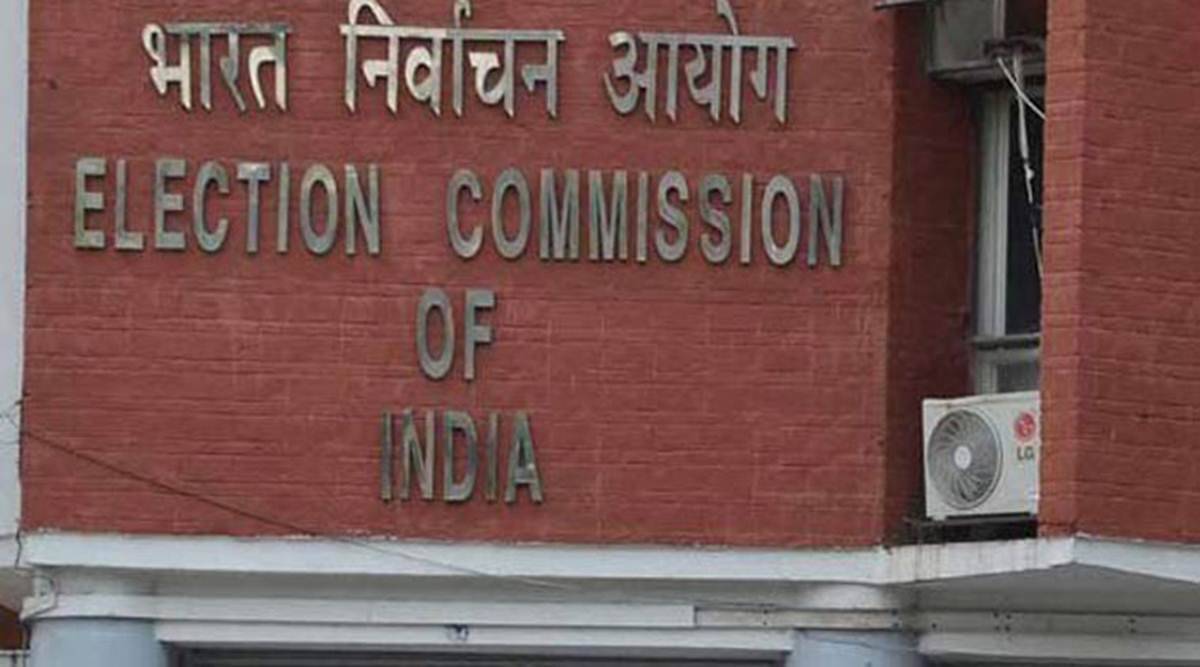
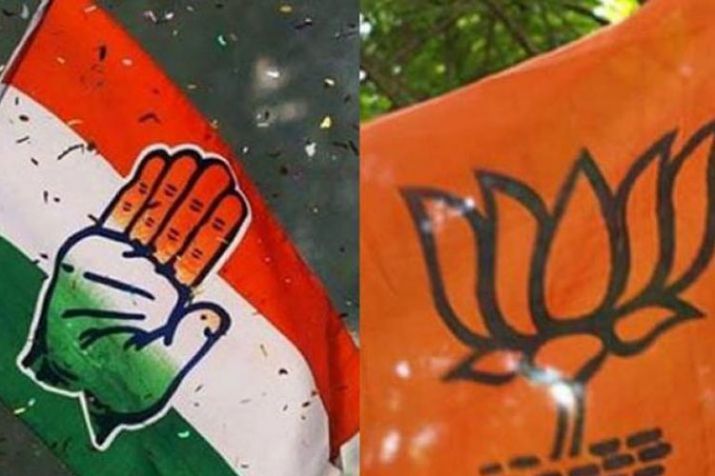
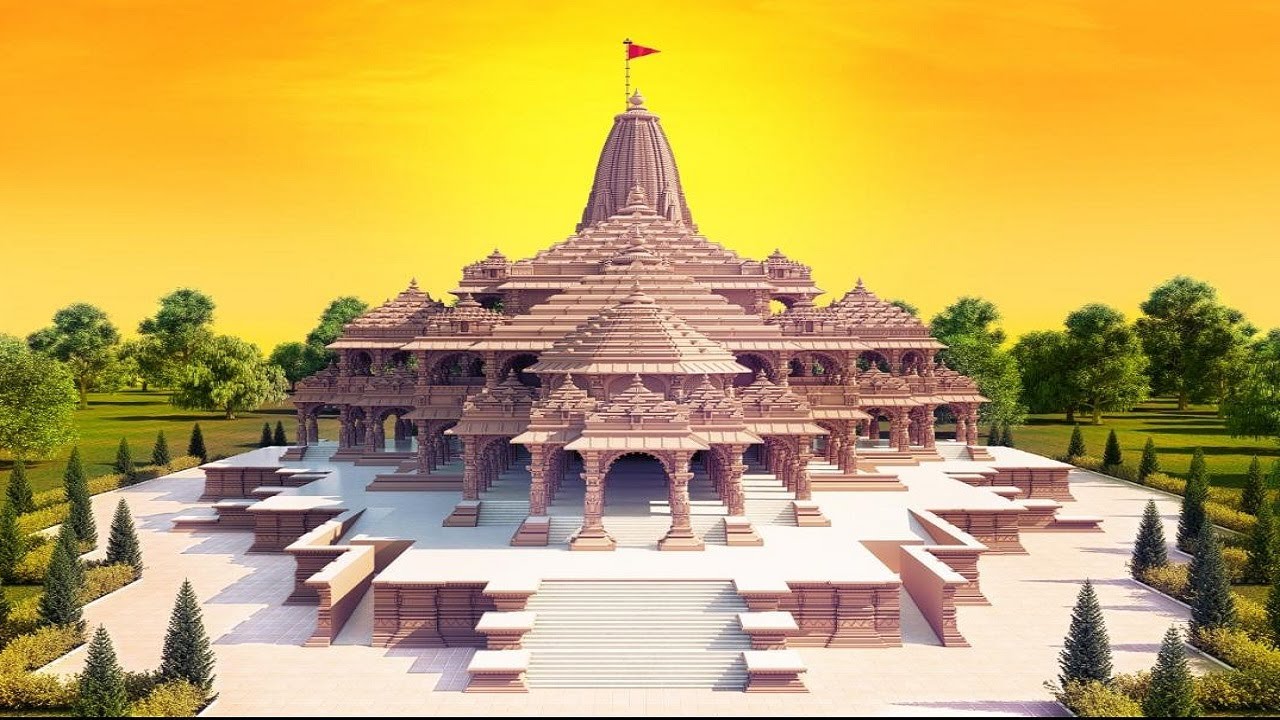
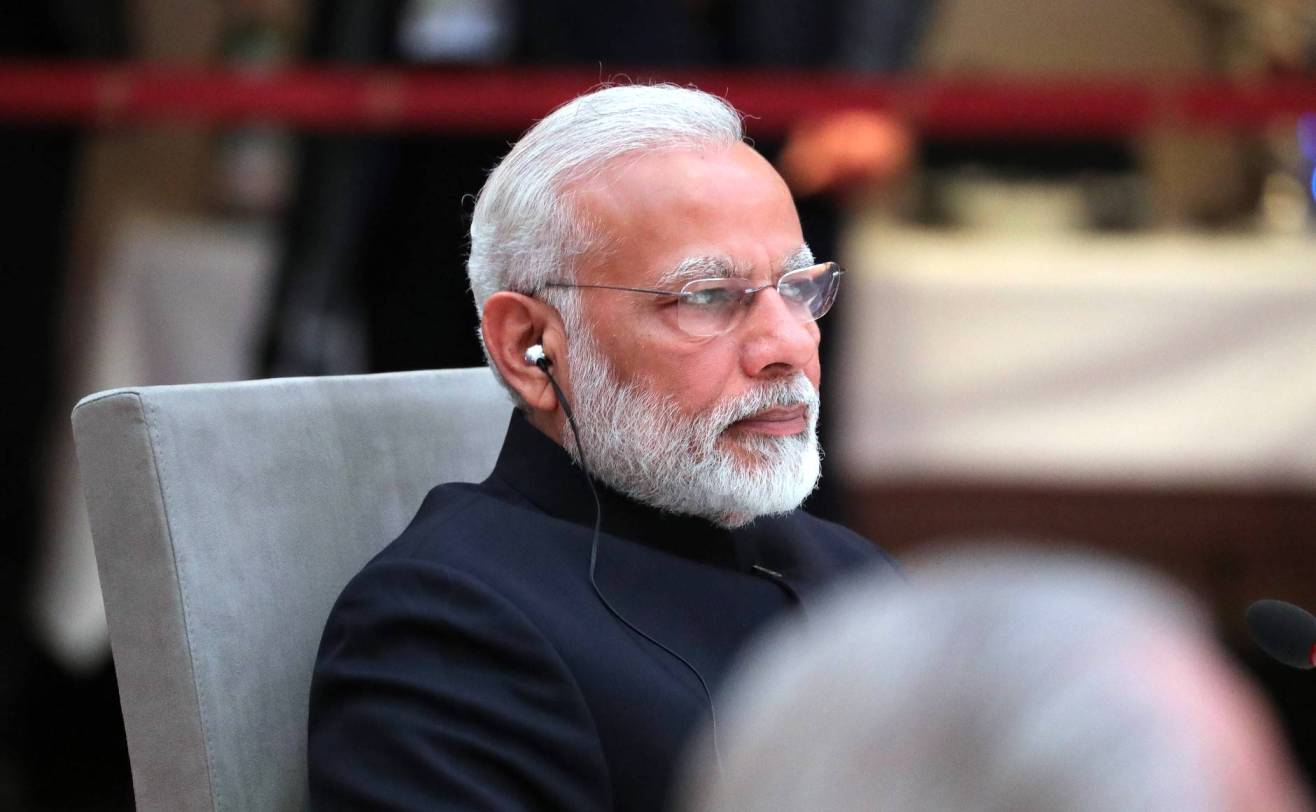

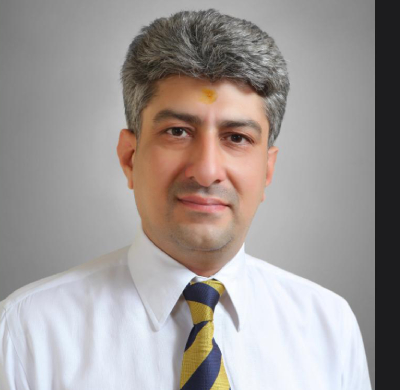
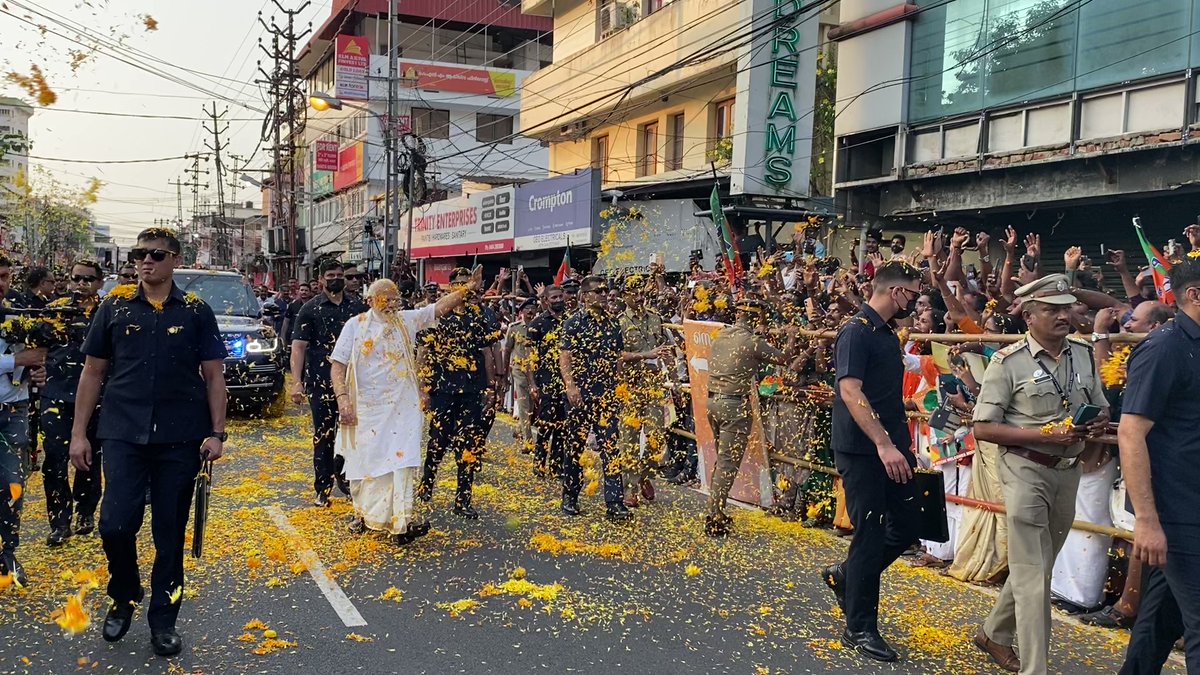
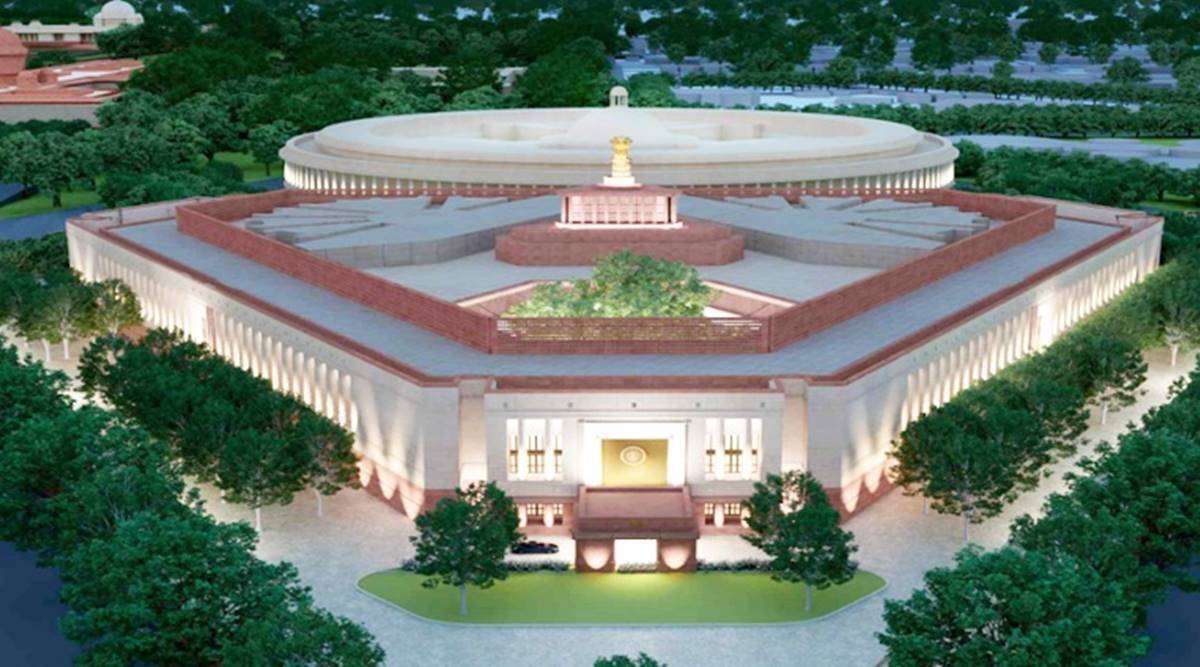

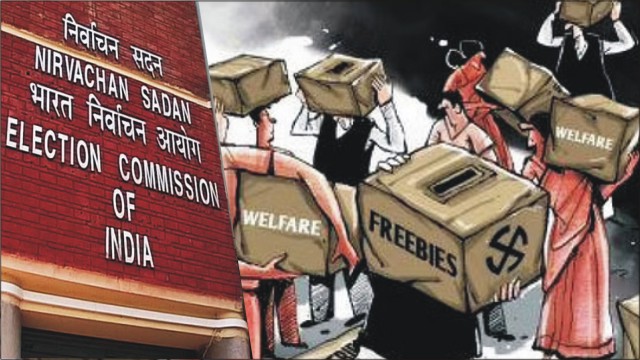






Comments (0)